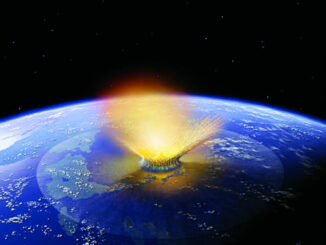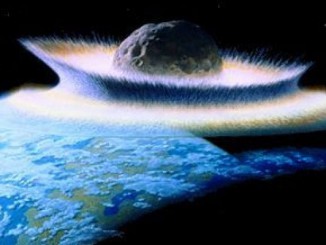
News




For more than 30 years, scientists have argued about a controversial hypothesis relating to periodic mass extinctions and impact craters on Earth caused by comet and asteroid showers. Now scientists conclude that these events show a cyclical pattern over the studied period, with both impacts and extinction events taking place every 26 million years.
© 2019 Pole Star Publications Limited